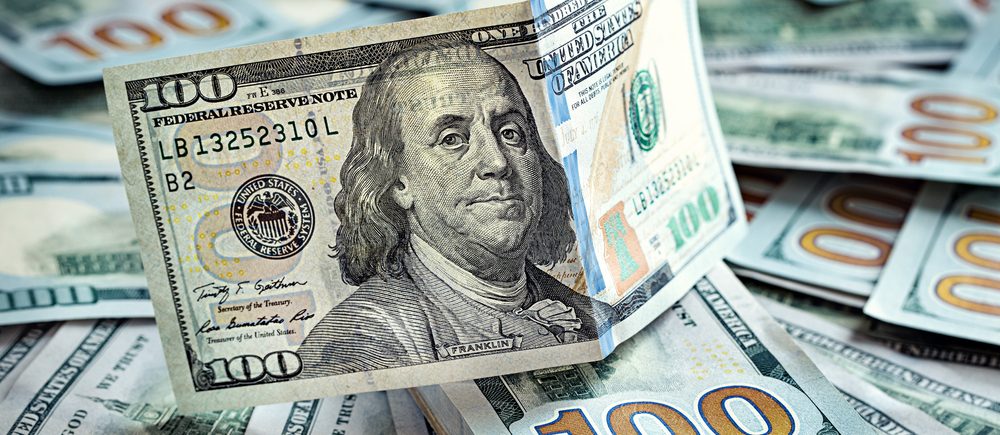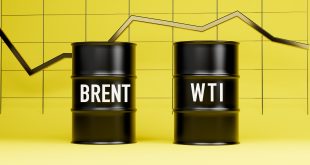The U.S. dollar remained strong on Tuesday, holding near a 2-1/2-month high due to expectations that the Federal Reserve will adopt a cautious approach to cutting interest rates. This strength, buoyed by rising U.S. Treasury yields, has put pressure on the yen, euro, and British pound.
The dollar’s rally is driven by rising Treasury yields and a relatively stable U.S. economy, which has led traders to scale back their expectations of large, rapid rate cuts from the Fed. Four Federal Reserve policymakers voiced support for additional cuts on Monday but differed in their views on the speed and extent of those cuts. The upcoming Fed policy meeting on Nov. 6-7 is expected to provide further clarity.
Markets are currently pricing in an 89% chance of a 25 basis point cut in November, compared to a 50% chance a month ago when a larger 50 bps cut was anticipated. This suggests that while rate cuts are expected, they are likely to be more measured.
The dollar index, which measures the greenback against six other currencies, stood at 103.93 during Asian trading, just below the 104.02 level reached on Monday, the highest since Aug. 1. For the month, the dollar has gained over 3%.
Impact on Other Currencies
The euro was trading at $1.08205, close to its lowest level since Aug. 2, while the British pound hovered near $1.3006, its weakest since Aug. 20. Both currencies have been under pressure as the dollar has strengthened.
The yen, highly sensitive to U.S. Treasury movements, touched a near three-month low of 151.10 per dollar, further weighed down by the rise in U.S. Treasury yields. The yield on the U.S. 10-year Treasury note climbed to 4.218%, its highest level since late July.
Japan’s Bank of Japan is closely monitoring the impact of the yen’s weakness, particularly as it contributes to rising import prices, according to Executive Director Takeshi Kato. Japan is also preparing for its own general election on Oct. 27, with markets expecting the ruling Liberal Democratic Party (LDP) and its coalition partner, Komeito, to retain power.
Election-Driven Market Volatility
The U.S. election, set for Nov. 5, remains a key factor influencing market sentiment. The rising odds of former President Donald Trump winning the election have contributed to the dollar’s strength, as his proposed tariff and tax policies are seen as likely to keep U.S. interest rates elevated. However, with the race too close to call, analysts are expecting increased market volatility as investors position themselves ahead of the results.
 Noor Trends News, Technical Analysis, Educational Tools and Recommendations
Noor Trends News, Technical Analysis, Educational Tools and Recommendations





